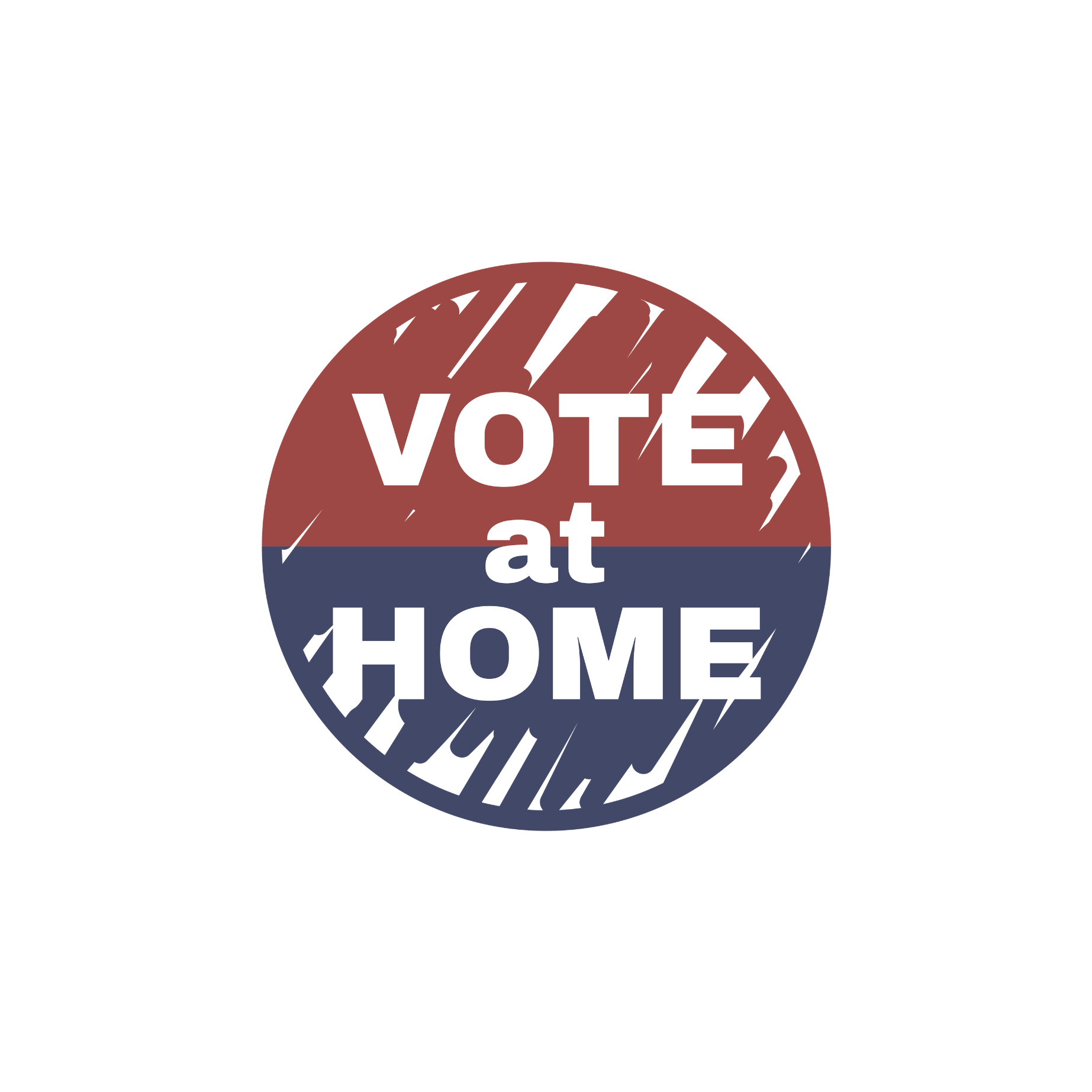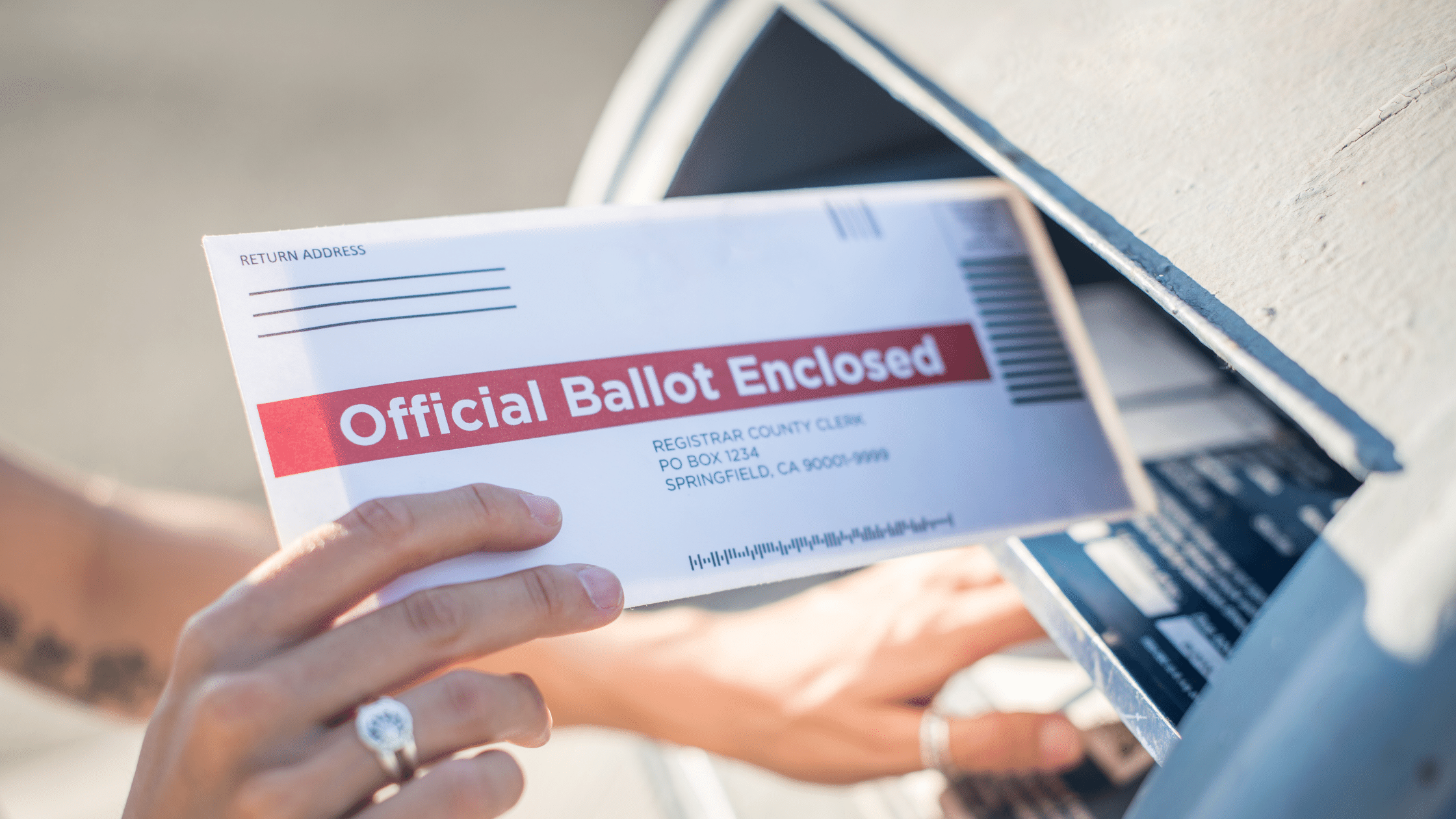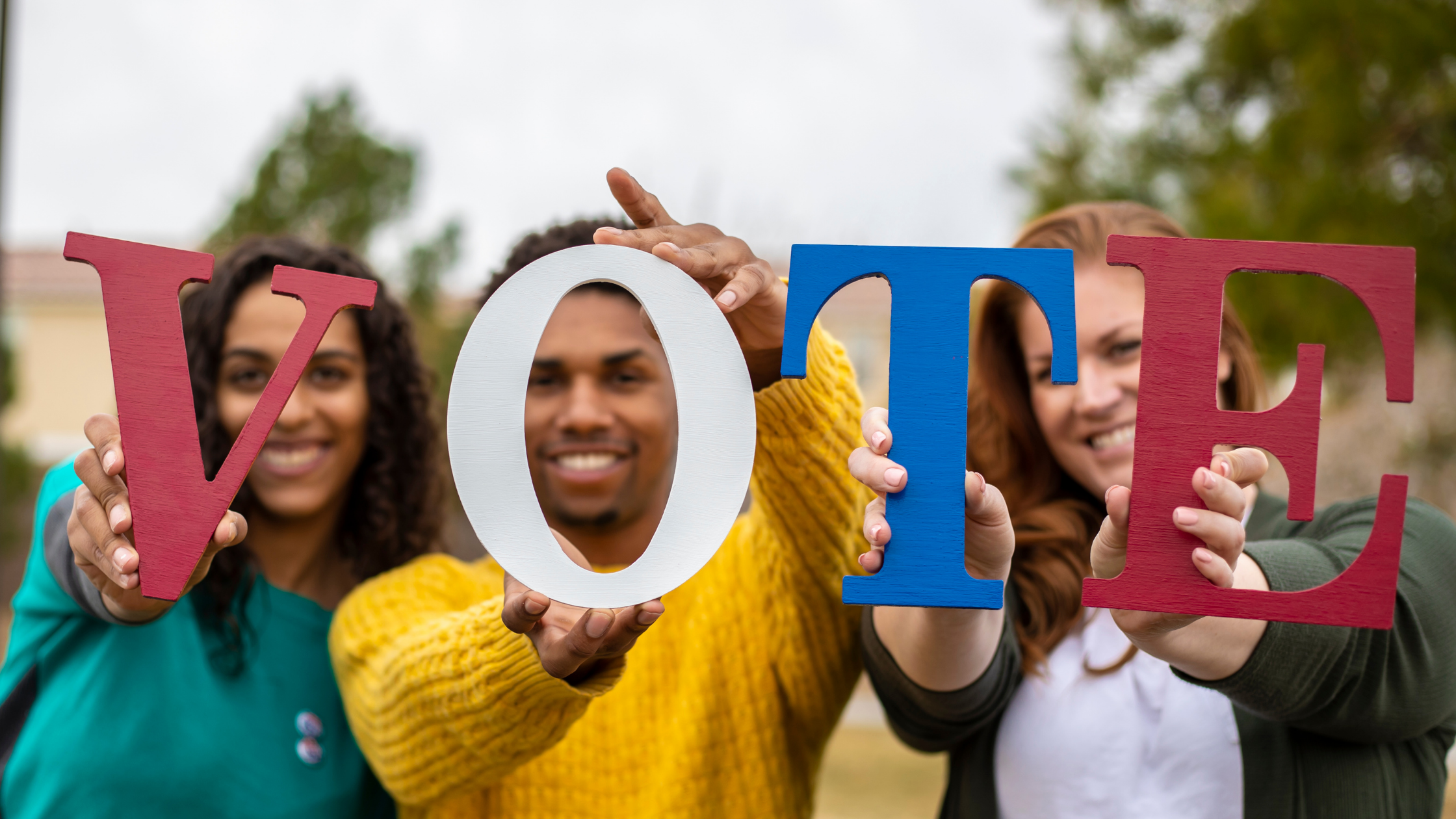There is increasing evidence that younger voters played an outsized role in the outcome of the 2022 midterms. Multiple sources, including Edison Research National Election Poll’s exit interviews, have noted higher turnout among the 18-29-year-old cohort. The CIRCLE group at Tufts reported day-after estimates in 10 states and saw a 27% turnout nationally, and 31% in a number of battleground states for that age group – second only to 2018 levels. (Link here)
The latest reporting is often followed by speculation and analysis about why the high youth vote happened and what might be better ways to engage that audience in 2024 and beyond. It turns out there is data, hiding in plain sight, that provides a definitive answer to that:
Put a ballot in their hands!
Colorado and Washington state, both 100% mailed-out ballot states (aka Vote at Home or VAH), have excellent tracking on turnout levels by age group. They don’t follow exactly the same age break points as CIRCLE’s research, but we can interpolate as needed.
Colorado 2022 turnout of active registered voters:
18-24-year-olds: 38.4%
25-34-year-olds: 49.2%
Estimate for 18-29-year-olds: 42%
Washington 2022 turnout of active registered voters:
18-24-year-olds: 38.2%
25-34-year-olds: 45.2%
Estimate for 18-29-year-olds: 41%
So, let’s review: neither Colorado or Washington were battleground states in 2022, and people are excited about youth turnout of 27% or 31% elsewhere when these two are in the 40’s?
That begs the question: Is this somehow unique to 2022? It turns out not. There are many other examples of how mailing a ballot to all younger voters results in substantially higher turnout than if they are compelled to go to and wait in line at a traditional polling place.
CIRCLE conducted some other excellent research on youth voting, this time for the 2020 election. (Link here) And what state do you think had the highest turnout of 18-29-year-olds that cycle? Hint: It wasn’t a battleground state. Of all places, it was New Jersey with 67% turnout. And what did New Jersey do in 2020 that they had never done before? Due to the pandemic, they mailed a ballot to every active registered voter, including those younger ones.
In April 2022, The Voter Participation Project also issued an important report, whose extensive data tables revealed this remarkable fact: Of the top 10 states for eligible voter turnout of 18-34-year-olds for 2020, 6 of them were full Vote at Home states (NJ, NV – the only battleground state among them, CO, WA, OR and CA. The only non-VAH presidential battleground to make the list was Michigan at #10. (Link here)
Our own work has uncovered the same story across the country over the last eight years.
Research into Utah’s 2016 general election showed that for voters with ballots in hand, as some but not yet all Utah counties did then, there was a turnout uplift of:
- 5% for 18-24 females and 10.7% (the largest of any cohort) for 25-34 females
- So, in the 9% range for 18-29F.
- A similar uplift was seen for young males: 6% for 18-24; 9.7% for 25-34
And it turns out this data holds up even when taken to a more granular level than state-wide numbers. Our research into Nebraska’s unique law that allows smaller counties (even some individual precincts) to opt into a 100% mailed-out ballot model showed the same phenomenon. In the 2020 election, counties that offered all their voters the convenience of “voting at home” saw a turnout uplift among 18-29-year-olds of 4.8% points. That was the largest differential among any age group. (Link here)
We could even see this all the way back to the original research into Colorado’s 2014 move to 100% mailed-out ballots, with the two largest turnout upticks being 18-24 at 12.1% and 25-34 at 7.4% (Link here).
The evidence has been hiding in plain sight for years.
We’ve known and could prove for some time that putting ballots in voters’ hands results in higher engagement and turnout for all voters. What is clear now is the impact of that turnout increase is strongest with younger voters. That should make campaigns adjust their strategies, and GOTV efforts going forward.
It should also get legislators and elections officials, often handwringing about “How do we attract more young voters to get involved in our democracy?” to make some very straightforward policy changes.
Start by making ballot delivery to the voter an automatic thing.
Today, eight states (CA, CO, HI, NV, OR, UT, VT, WA) plus DC automatically mail ballots to every active registered voter for every election, five more than did so in 2018. Another seven allow all voters to request that automatic delivery, called permanent absentee or single sign-up (SSU), by signing up just once. (AZ, IL, MD, MI, MT, NJ, VA). Five of those are new to that list, too.
In 2022, about 35% of all US votes cast came from ballots voters received in the mail. Sadly, there are still 15 states that require voters to apply for such a ballot for every election and provide a specific “excuse” to qualify. It’s long past time to put that archaic policy into the history books.







